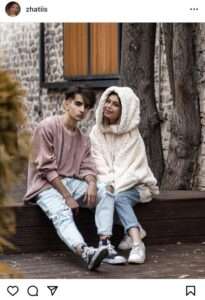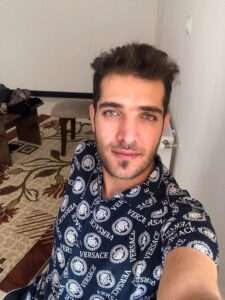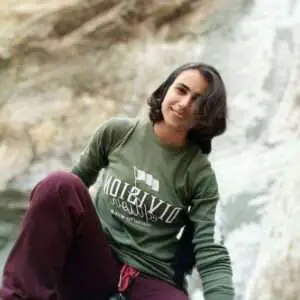The head of an emergency department at a Tehran hospital has told how protesters in Iran are being shot in the eyes, breasts and genitals.
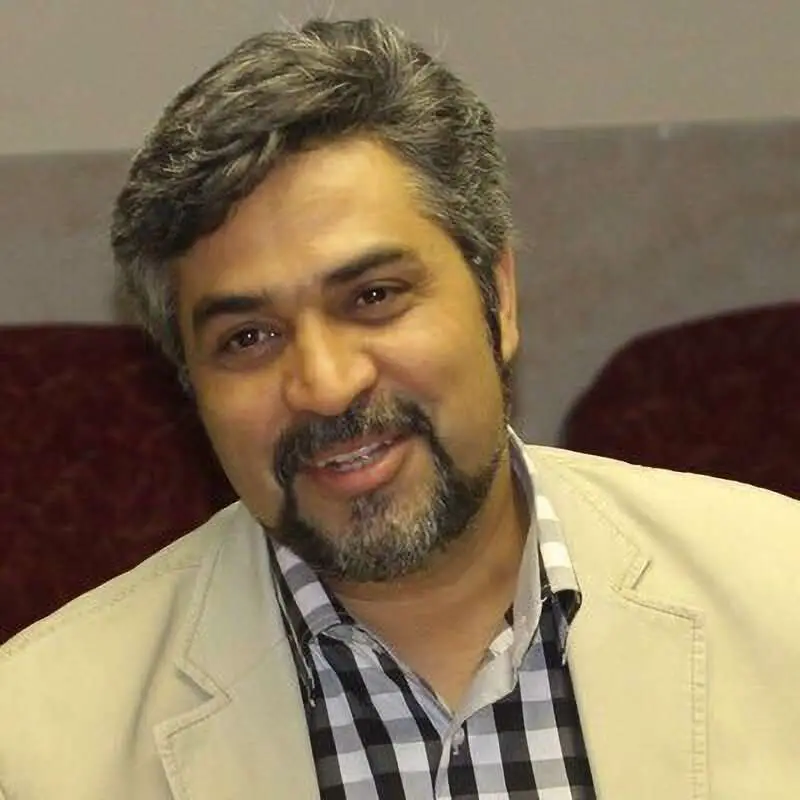
Hossein Kermanpour, the emergency manager of Sina Hospital confirmed the gruesome toll to independent Iranian media, on Thursday, 15th December.
His words echo previous claims that women targeted by security forces during protests were being treated for shotgun blasts to their faces, breasts and groins.
Shotgun shells, whether they are buckshot or birdshot both use pellets, which can vary in number and size, while shotgun slugs are typically solid rounds.
Many of the brutal wounds come from weapons fired at exceptionally close range, he explained.
Media reports last week stated that security forces were targeting the genital areas of women in particular.
Kermanpour reportedly said: “The most concern that people had about their injuries is related to severe bleeding, eye damage, cerebral and internal bleeding, or orthopaedic problems.
“However, the people who use these bullets often did not receive proper training and fired the bullets from a close distance, and this caused the injuries to increase.”
He added: “Most of the injuries were first to the eyes and then to the muscles. In some cases, the lung and genital organs were also hit by bullets. As a result of impacts from batons, there are also fractures.”
Kermanpour said that in some cases people’s eyes had to be removed due to the seriousness of their injuries.
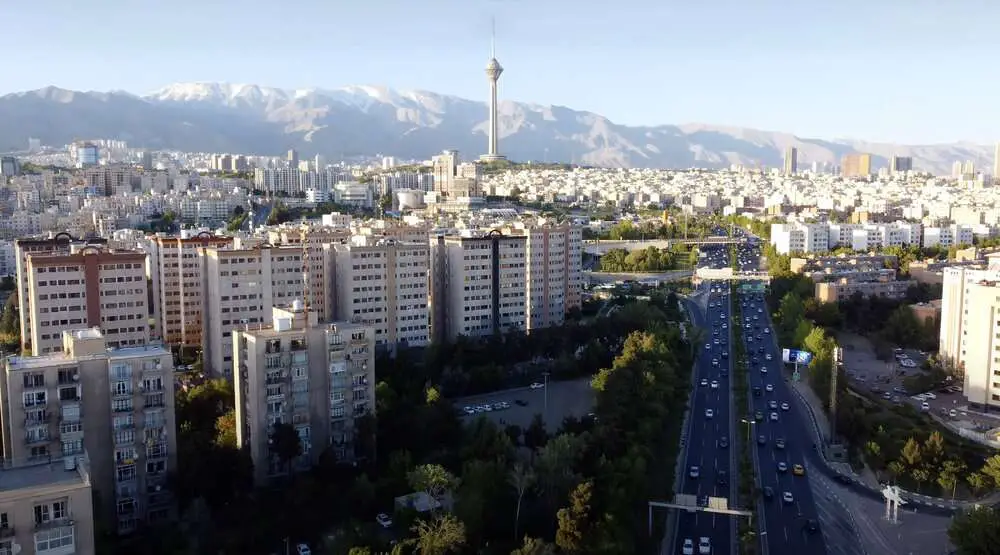
The medic explained that during the early days of the protests, many people were not treated for their injuries in hospitals. He said: “In the first days of the protests, in some universities of medical sciences, the security managers of the universities had notified the security guards of the hospitals of the names of the people injured in the protests.
“This matter reached everyone’s ears and led people not to go for treatment. On the other hand, some members of the treatment staff were wrongly told that if they treated these people, they would be prosecuted. That’s why both sides delayed treatment.”
Kermanpour said that as a result a number of private medical centres have been operating on injured protesters at discount rates, sometimes for free, but he refused to name them for fear that this could cause them trouble.
Iranian forces have been cracking down on waves of civil disorder following the death of Mahsa Amini, 22, from Saqqez, Kurdistan Province, who was on a visit to Tehran when she was arrested by morality police, accused of violating hijab rules on 13th September.
She was allegedly beaten while in custody and spent the following days in a coma in the hospital before succumbing in the ICU on 16th September.
The clinic where she was treated said in a now-deleted social media post that she had been admitted brain-dead.
Alleged medical scans of her skull leaked by hackers showed that she had suffered bone fractures, haemorrhages, and brain oedema.
Independent Iranian media have claimed that Mahsa’s medical records showing her history of heart disease were faked by the Iranian government.
Numbers differ regarding how many people have been killed since the protests began.
The ongoing protests in Iran have killed at least 458 people, including 63 children, and injured at least 1,160, according to independent estimates. Eleven people have so far been sentenced to death by Iranian courts, with two executions carried out so far.
It is also understood that more than 18,000 people have been arrested.

